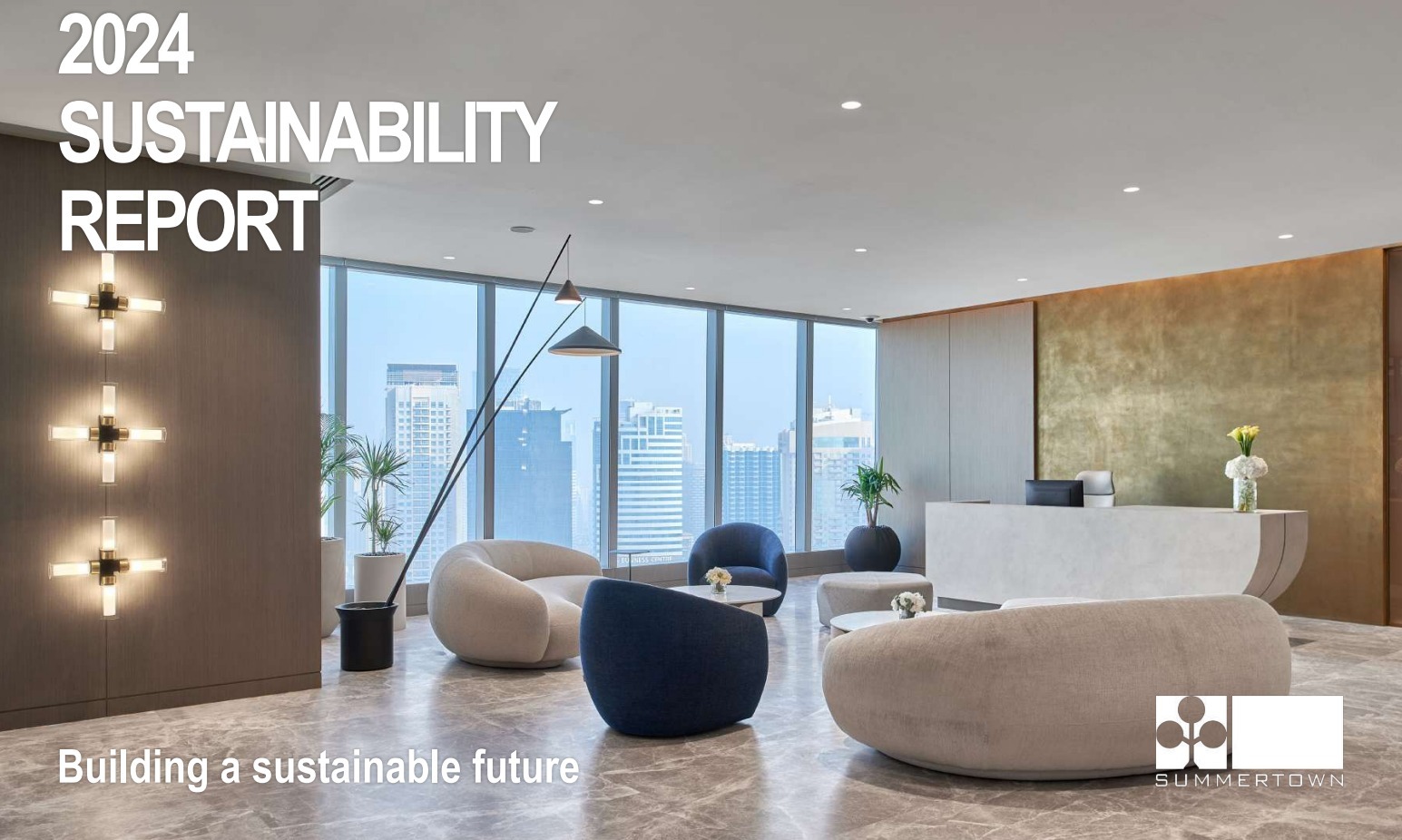Is your office designed to support or hinder employee performance? Research shows that the physical environment – from the way desks are arranged to the quality of light and sound – can dramatically influence how well employees think, focus, and feel. Neuroscientists and workplace psychologists have long studied how certain design elements impact mental health, job satisfaction, and productivity – and the findings are clear: the right workspace design can turn employee performance around.
In this article, we’ll explore how ergonomics, spatial layout, lighting, and acoustics have been proven to elevate employee outcomes. These elements aren’t simply aesthetic considerations; they are essential drivers of engagement, creativity, and long-term business success.
Ergonomics and Wellbeing in the Workplace
Ergonomics plays a crucial role in office design, and its impact on employee health and performance cannot be overstated. Ergonomic furniture – including adjustable desks, chairs with proper lumbar support, and well-positioned computer monitors – creates a workspace that reduces physical strain, improves posture, and supports long-term health.
When employees are forced to sit for hours in uncomfortable chairs or work in poorly arranged spaces, they’re likely to experience musculoskeletal pain and fatigue, which diminishes focus and productivity. Proper ergonomics, on the other hand, reduces these risks and helps employees stay engaged throughout the workday.
Ergonomic setups are not just about physical health; they also have a significant effect on mental wellbeing. When employees are physically comfortable, they are more likely to engage deeply in their tasks, increasing job satisfaction and overall performance. An ergonomically designed office contributes to a healthy work environment where employees can thrive, both physically and mentally.
Spatial Layouts That Maximise Collaboration and Focus
The layout of an office has a profound impact on employee productivity, and balancing collaborative spaces with private work areas is key to creating a productive work environment. Flexible office layouts – those that provide a variety of spaces for different types of work – allow employees to choose environments that suit their current tasks, whether it’s group collaboration or solo concentration.
Research has shown that activity-based workspaces (offices designed with specific zones for collaboration, focus, and informal meetings) support employee autonomy and reduce stress. Employees who can choose between quiet areas for focused work and open areas for teamwork report lower stress levels and higher job satisfaction.
Multi-functional office fit outs accommodate the needs of modern workforces. For example, collaborative areas might include comfortable seating and open layouts to encourage spontaneous conversations, while quiet zones provide employees with a space to concentrate without distractions. By creating these diverse environments, Summertown supports the mental wellbeing of employees, allowing them to work more efficiently and feel more engaged with their tasks.
Design Solutions That Foster Mental Health and Job Satisfaction
The physical design of an office influences more than just productivity – it has a significant effect on employee mental health and job satisfaction. A well-designed office can reduce stress, improve mood, and foster a sense of engagement, while poorly designed spaces can do the opposite. Factors like clutter, poor lighting, and noise can overload the senses and create an environment that hampers focus and creativity.
Biophilic design, which incorporates natural elements such as plants, natural light, and organic materials, has been shown to reduce stress and increase creativity. According to research shared in Forbes, biophilic design creates a calming environment that connects employees to nature, even in urban office settings, resulting in lower levels of anxiety and higher levels of job satisfaction.
Summertown Interiors uses design elements like natural materials, soothing colours, and clutter-free layouts to create environments that promote mental wellbeing. These thoughtful design choices reduce sensory overload and help employees feel more relaxed and engaged with their work. A well-designed office not only boosts productivity but also improves employee retention, as workers are more likely to stay with companies that provide comfortable, mentally stimulating environments.
Lighting Design for Optimal Performance
Lighting plays a critical role in workplace performance. Natural light, in particular, is essential for regulating circadian rhythms – the body’s internal clock that controls sleep-wake cycles and energy levels throughout the day. Offices with abundant natural light help employees feel more alert and focused, while poorly lit offices can lead to eye strain, fatigue, and decreased productivity.
In spaces where natural light is limited, artificial lighting solutions that mimic daylight can help maintain employee focus and prevent energy dips. Proper lighting not only supports physical health but also enhances mental clarity, enabling employees to work more effectively.
Smart lighting solutions combine natural light with well-placed artificial lighting to create workspaces that promote focus and productivity. By using layered lighting – a combination of overhead lighting, task lighting, and ambient lighting – every corner of the workspace can be optimised for performance.
Lighting design that supports employee wellbeing is a crucial aspect of a productive work environment.
Acoustic Design for Productive Workspaces
In open-plan offices, noise distractions are a common issue that can reduce employee focus and increase stress. Studies have shown that excessive noise, even at low levels, can disrupt cognitive function, leading to mental fatigue and slower task completion. To mitigate this, acoustic design becomes an essential element of modern office fit-outs.
Soundproofing and acoustic panels can be used to control noise levels, creating an environment where employees can focus without constant distractions. Offices that implement acoustic solutions experience higher levels of productivity and fewer errors.
Acoustic treatments in office fit-outs balance the needs of collaboration spaces with those of quiet zones. By using sound-absorbing materials and smart office layouts, businesses can create environments where employees can collaborate without disturbing others and focus areas where concentration is optimised. Acoustic comfort is key to employee productivity, especially in open-plan offices, and effective acoustic design ensures that each workspace supports high-performance work.
Creating Workspaces That Enhance Wellbeing and Performance
By integrating ergonomics, spatial layouts, lighting, and acoustic design into office fit-outs, businesses can create environments that not only look impressive but also enhance employee wellbeing and performance. Thoughtful design choices like proper lighting and adaptable layouts help reduce stress, foster creativity, and boost engagement – leading to measurable improvements in productivity and job satisfaction.
Summertown Interiors brings expertise to every project, ensuring that both aesthetics and functionality work hand in hand to create spaces that inspire. Whether it’s through ergonomic
furniture that supports physical health or acoustic solutions that minimise distractions, Summertown crafts workspaces that cater to the evolving needs of modern businesses, helping employees thrive in productive and comfortable environments.
To create an office that boosts performance, promotes wellbeing, and aligns with your company’s mission, contact Summertown Interiors today – we’ll help you design a space that balances beauty and function, ensuring both your employees and business thrive.
References:
- Achieving Quality of Life at Work by Suhana Mohezar, Noor Ismawati Jaafar, Waqar Akbar · 2021.
- Forbes – How Your Office Space Impacts Employee Wellbeing
- ScienceDirect – Procedia: Social and Behavioral Sciences
- Wellbeing in Interiors by Elina Grigoriou · 2019.
- Design Research Society Conference Paper
- WorkJoy – The science is in: Interruptions Kill Productivity and Increase Stress

